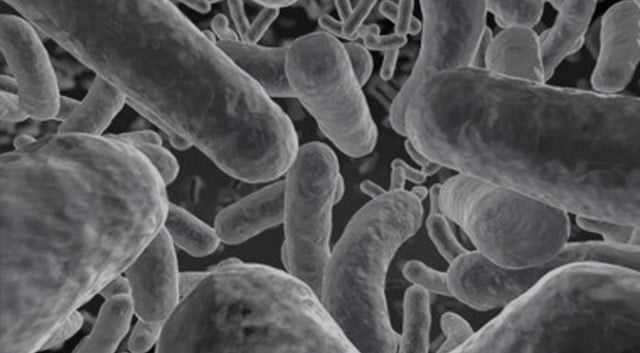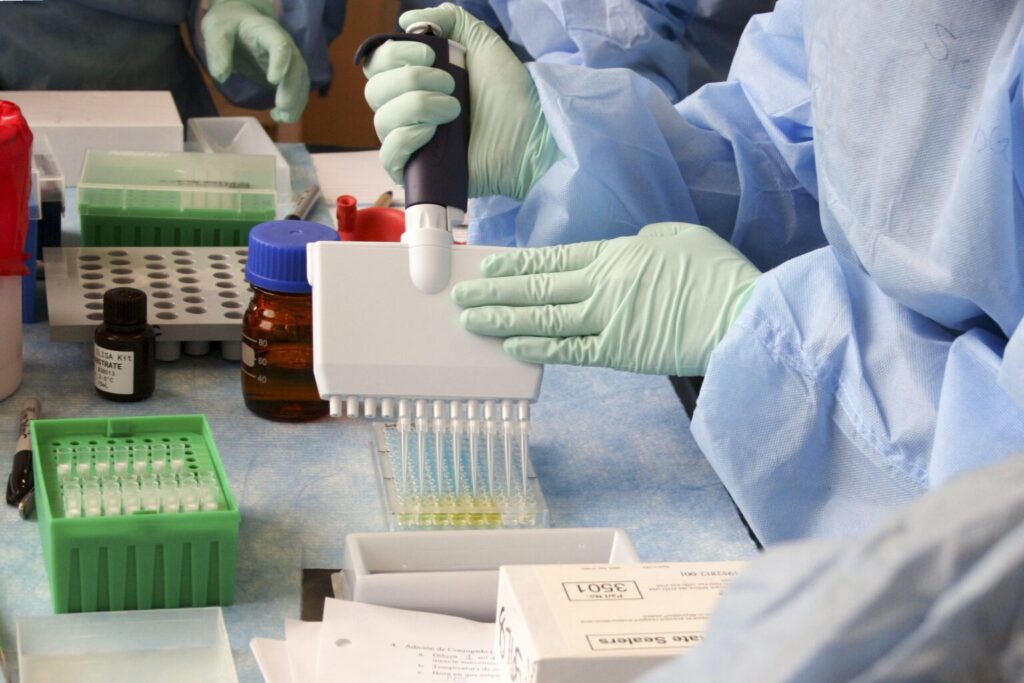Now Reading: Soil Fungi and its potential use as a Forensic Tool
-
01
Soil Fungi and its potential use as a Forensic Tool
Soil Fungi and its potential use as a Forensic Tool
There are various fields of forensic science that are used to solve criminal cases based on the nature of crime like forensic toxicology in cases of drug abuse, forensic biology and serology in cases where blood, semen, saliva etc. is found at the scene of crime, forensic documentation in cases of forgeries, counterfeiting, ballistics in cases where firearms are involved, etc.
With the advancement in science and gaining knowledge of new biological aspects, forensic field also use such new advanced technologies in solving crimes. Forensic taphonomy is one such new field in forensics which study the effect of environment and the conditions around which effect the process of decomposition and estimate the cause and time since death. Forensic mycology studies the fungi associated with the dead decaying cadavers and employ them in estimating cause and time since death. This field is quite new in forensics but holds humongous potential as a tool because it is bases on botany, archeology, soil microbiology and entomology [2]. In Argentina, Brazil, USA and Japan, forensic mycology has been employed as a tool while the limited number of studies in this field poses problem for its acceptance, hence more and more studies need to be done for the advancement of forensic mycology and the evidential value of Fungi can be appreciated.
Any crime involving murder will lead to anomalous graves where decaying corpses are found. In these type of unidentified bodies, or where the cause of death is unknown i.e., if it’s a homicide, suicide or accidental, it becomes the duty of law enforcing authorities to investigate and discover the cause and time since death. Fungi found near or under the dead decaying cadaver can be analyzed for the same. Fungi will not only tell the Post mortem interval (PMI), but it also does establish the presence of psychoactive substances, toxins and link the trace evidences with people and places.
Postmortem interval (PMI)
In various studies, it has been found that the fungi associated with the cadavers can determine the time since death. Talking about Argentina, first use of mycology as a tool for estimation of time since death occurred in 2014. The investigators took the soil sample from the area below the decaying cadaver and also around it. Control samples of soil were also collected. The soil samples were washed several times and dried on the filter paper. The dried soil was then plated on the different agar plates i.e. Potato dextrose agar (PDA), Malt yeast extract agar (MYA) containing streptomycin and chloramphenicol to inhibit the growth of bacterial colonies. Serial dilutions and analysis of the types of Fungi colonies developed on agar plates were done via moist chamber and microscopic techniques. The morphology of the fungal species was observed via optical microscopy after staining them with cotton blue dye. The species that were found in majority in sample collected from the vicinity of cadaver were Dichotomomyces cejpii, Talaromyces trachyspermus, Talaromyces flavus and Talaromyces udagawae, teleomorphic Ascomycota which were totally different from the species that were found in the soil samples collected as control which were in early phase of their growth that was estimated to be upto 25 days. So the species found to be associated with cadaver could further be used for the linking the soil with decomposition of the dead bodies.
Ammonia and post-putrefaction fungi can be used as grave markers as well as for detection of time since death. These fungi bear fruiting bodies from one to upto 10 months based on the availability of nitrogen compound (coming from the putrefaction of cadaver) and consists of anamorphic and teleomorphic ascomycetes with saprotrophic basidiomycetes [1,2]. The most important step in analysis is the rate of growth and the size of growth of fungi that establishes the PMI. For example, if size “X” of fungal patch is found on a dead body in say “Y” environmental conditions, then the cultures of the same fungal specie could be studied by keeping the conditions similar. The time taken by the fungi to form the same size colony will be the approximate time since death [3]. The cooked food if left open is invaded by fungi and the mold growth can depict the time since the food was left open and cases in which toxicity due to food has happened can be linked with the time since death due to poison.
So to establish PMI the patch or the size of fungi colony found on and around the cadaver has to be done which closely mimics the environmental conditions in which they are discovered at crime scene but due to less awareness about the evidentiary value of fungi as a tool, the investigators neglect it and in few cases might even clean the cadaver which will destroy the exact colony developed on the cadaver.
Psychotropic and tropic substances
Mushroom poisoning is one of the common cause of deaths in Republic of China and there are various species of fungus which can be fatal if ingested, thus these species needs to be recognized in order to prevent the uncertain deaths. In South America, a man was found dead after 4 days of attending a ceremony. The police was informed that the man was in habit of Magic mushroom which later was confirmed to be true as one such mushroom was found in his possession named Psilocybe semilanceata. These types of mushrooms produce psilocybin and its pharmacologically active form found in the body is psilocin. The samples collected from the lower gut were examined microscopically which showed presence of spores of psilocybin mushroom, opium seeds and cannabis pollens. This case shows how important the analysis of fungal mold is in cases of poisoning due to the ingestion of fatal mushrooms [3].
Mold growth in buildings
Fungal growth inside the abandoned buildings and due to damp conditions is quite common which can cause severe respiratory disorders. Deaths or disease outbreak in the moldy areas needs to be investigated in proper way where dismissing the case without considering the fungi could be dangerous. Individuals should be checked for the allergic reactions against the fungi and the extent of the spore found in the lungs to establish the cause of illness. Here the challenging task is sampling of airborne spores, slimy spore and in addition the species varies from time to time which needs better understanding about the life cycle of a particular fungal specie for comparison.
Examples of mold fungi found in indoor damp areas are-Alternaria alternata ,Aspergillus fumigatus, Aspergillus glaucus, Aspergillus niger complex, Aureobasidium pullulans, Chaetomium funicola, Chaetomium globosum Cladosporium cladosporioides complex, Cladosporium herbarum complex, etc [3].
Linking to crime
Pollen fingerprinting is well known technique in forensic fraternity where a person could be linked to a crime scene by matching the species of the pollen grain found on the body (be it clothes, shoes soil, hair, etc.) of the suspect because these pollen grains are specific to a particular geographical region. Similarly, fungi has been found to have similar properties, i.e. the species of fungi found at a particular geographical area are specific and if found in soil samples of the shoe of a person , then the same person must had been to that particular place like while entering a prohibited zone, trespassing etc. Several cases had been seen where the trace evidence fungal spores had been retained and given direction to the investigation [3].
Conclusion
Forensic mycology can be used as a tool in various situations like mentioned above and give direction to an investigation. Not only does it help in analyzing time since death but also can establish the cause of death, linking the person to a place and also could be the possible reason behind the illness of respiratory tract. The investigating officers should be taught about the importance of the fungal spores, molds, its evidentiary value and how it can help in discovering the clandestine burials where mycology could be the only ray of hope.
References
- Tranchida, M., Centeno, N. and Cabello, M., 2014. Soil Fungi: Their Potential use as a Forensic Tool. Journal of Forensic Sciences, 59(3), pp.785-789. doi: 10.1111/1556-4029.12391
- Cecilia, T. and Noemi, C., 2017. The Mycology as Forensics Tool. Advanced Techniques in Biology & Medicine, 05(02) doi: 10.4172/2379-1764.1000226
- Hawksworth, D. and Wiltshire, P., 2021. Forensic mycology: current perspectives. http://dx.doi.org/10.2147/RRFMS.S83169








